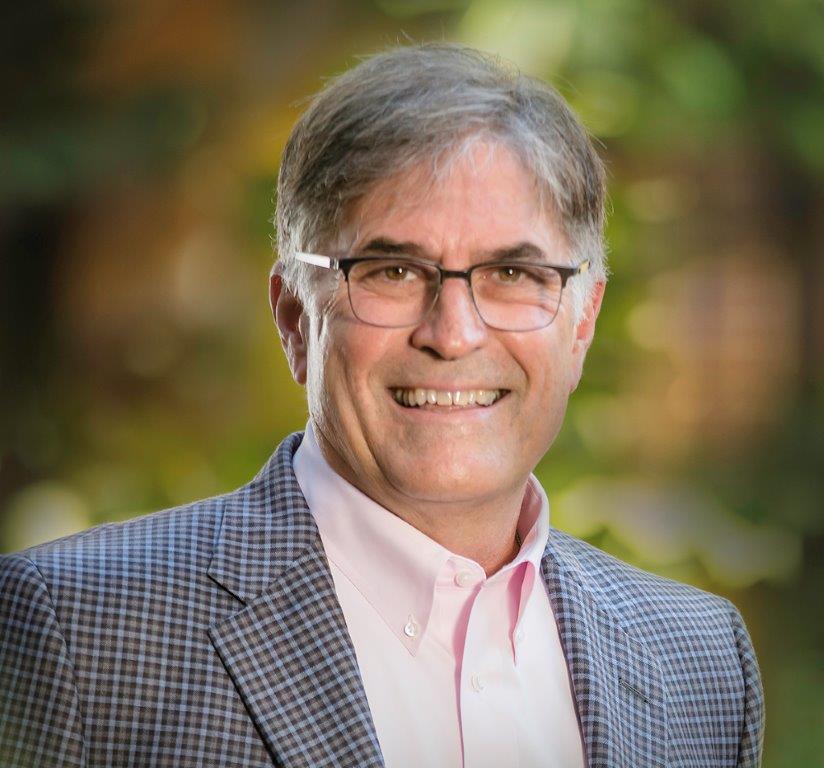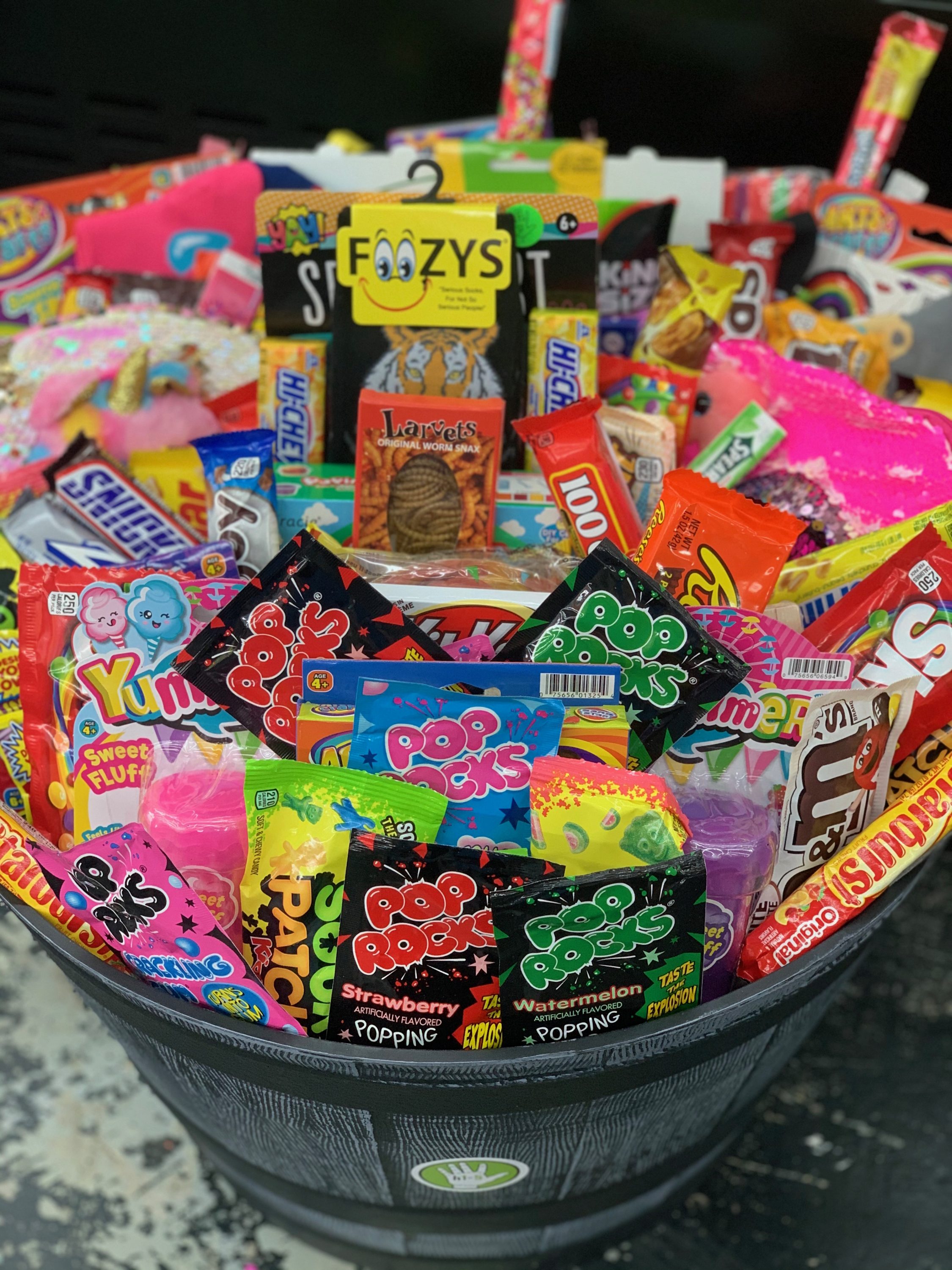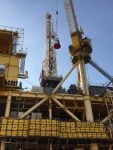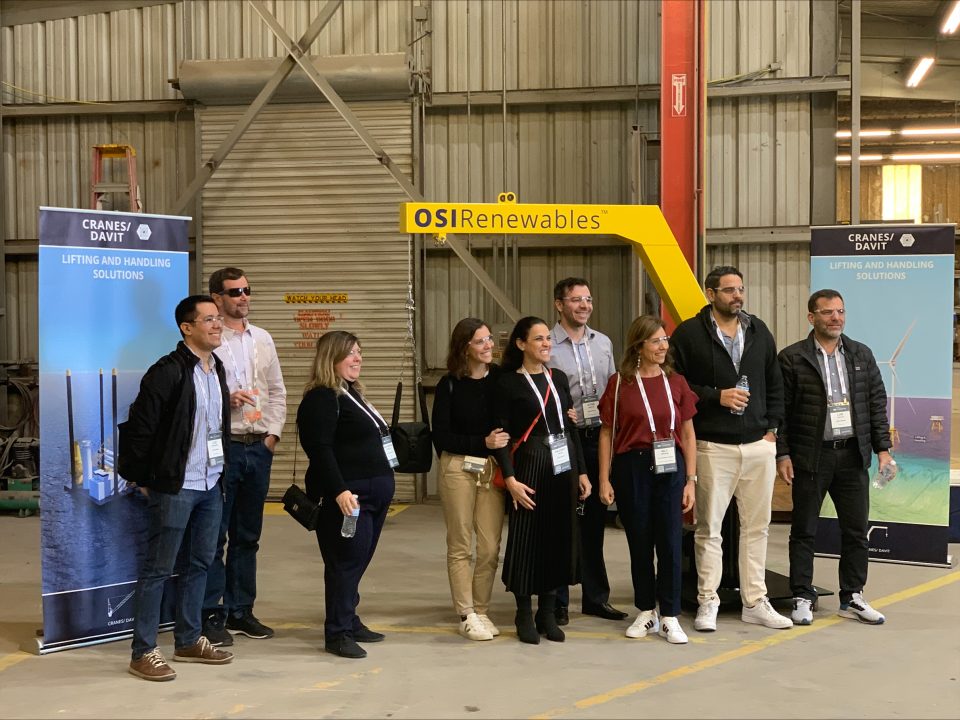
Leading Through Crisis – Emotional Intelligence
May 31, 2020
Doing Business Outside the Box
May 31, 2020SafeZone Safety Systems, LLC., a local leader in providing safety equipment and training for onshore and offshore work environments in the oil and gas industry, recently received a U.S. patent for an isolation or negative pressure enclosure, thus offering an innovative new way to reduce the risk of hazards in hot work situations.
The isolation enclosure is the next offering in SafeZone’s line of pressurized welding enclosures (PWE), which the company has provided since its inception in 2004.
“SafeZone has introduced a new technology that is patented for the safe execution of hot work in live production areas to isolate production equipment that either leaks or has the potential to leak where workers can safely perform hot work…in close proximity without shutting down the production process,” Ben Tobias, SafeZone vice president of operations, said.
The negative pressure enclosure draws from the same concept as the company’s typical PWEs.
A normal PWE enclosure serves to create safe environments for people involved with hot work environments in live production facilities by closely monitoring the conditions inside of the PWE while hot work is done. This ultimately removes the need to shut down the facility in its entirety, Tobias said.
SafeZone installs the soft-panel structure in the work environment, and workers enter the enclosure. Once they are inside, a positive pressure is established in the PWE, and gas detectors monitor the air quality to ensure it is clean and free of flammable gasses that could lead to an explosion or fire. Those on the outside can control every factor that has the potential to produce a spark by viewing data on monitors and adjusting accordingly.
“What we have done with this is we have taken a potentially hazardous location, and with our process, we have turned it into a safe welding area because we have workers inside that are welding inside of a safe area,” Tobias said.
The new negative pressure enclosure functions with the same concept in mind, but in the opposite way.
If there is production equipment present that is known to be leaking or serves as a “suspect area” that could potentially leak flammable gases or vapors, a negative pressure enclosure is constructed around that piece of equipment to isolate it from the exterior work environment. Instead of positive pressure, a negative pressure feed is sent to a known fresh air exhaust location and away from the work environment.
Thus, workers are able to weld outside of the enclosure instead of being inside of it, though its overall purpose remains the same.
“All we’re doing is isolating a potentially hazardous leak source from production equipment, and then the workers are at that point, welding and doing hot work in all the areas that are surrounding without the need for shutting down the facility because we have…removed any potential for that flammable gas for that leak source or potential leak source to escape and make its way into the hot work area,” Tobias said.
If any of the detectors in the work area were to pick up on a hazardous level of gas, they would initiate a full shutdown of the work environment and turn off everything with the potential of producing a spark.
Tobias said such an enclosure is beneficial for areas where a significant amount of welding must be done because it ultimately offers a more efficient, timelier method for safely executing work. In addition, removing a potentially hazardous location gives workers peace of mind while functioning in that environment.
“If there’s a concern, people are not going to assume the risk. Nobody would do that,” Tobias said.
Tobias said the concept of introducing a negative pressure enclosure had been ongoing for a while in the company’s 16 years of providing PWE’s, but the SafeZone team realized they could add “much more value” with the introduction of this new design.
The negative pressure enclosure patent falls in line with SafeZone’s continuous pursuit of ways to advance its technology and safety measures throughout its existence, Tobias said. For example, the company is currently on its fifth revision to its control systems.
Tobias said the company has a responsibility to protect the people, assets and environment involved with hot work. For this reason, it’s especially important to continue to update technology as much as possible and “engineer the risk out.”
“[Everybody] that’s offshore is somebody’s mother, brother, sister, father, uncle…These are people that have dependents. We as a company, as SafeZone, have a responsibility to protect the people that we send offshore,” Tobias said.
Tobias said SafeZone’s process for upgrading and improving safety measures is “evergreen,” with research and development constantly taking place. Looking ahead, he said the company has plans for future upgrades.
In the meantime, though, he is proud of the innovation and years of experience the team at SafeZone brought together to make their latest patent a reality.
“We’ve got a lot of years of experience in the safety field,” Tobias said. “In the end, what we have is a complete product of equipment and people and top technology, top tier skills and knowledge, and that is what makes us successful to do these safety-sensitive projects over and over, again and again.” •












